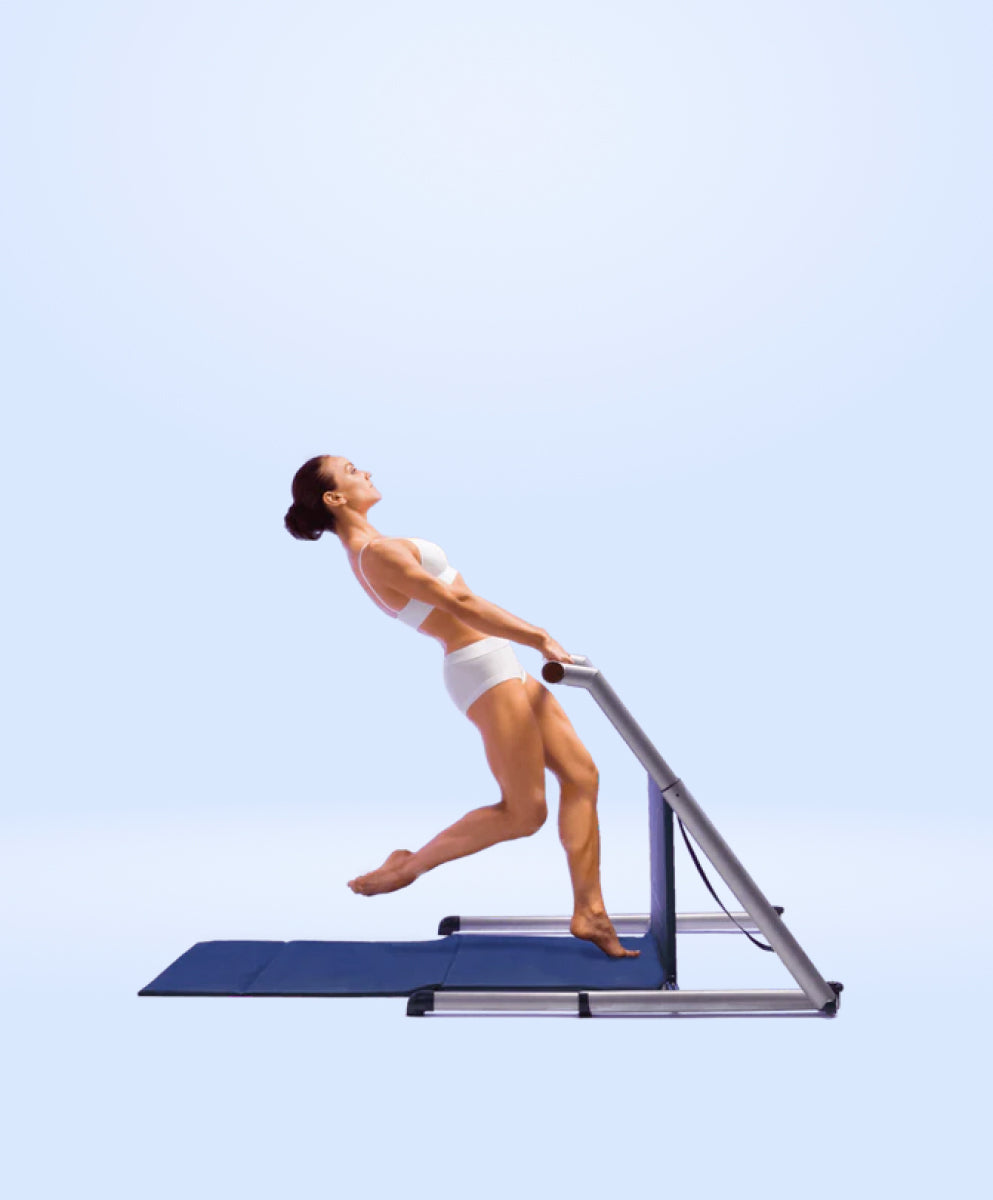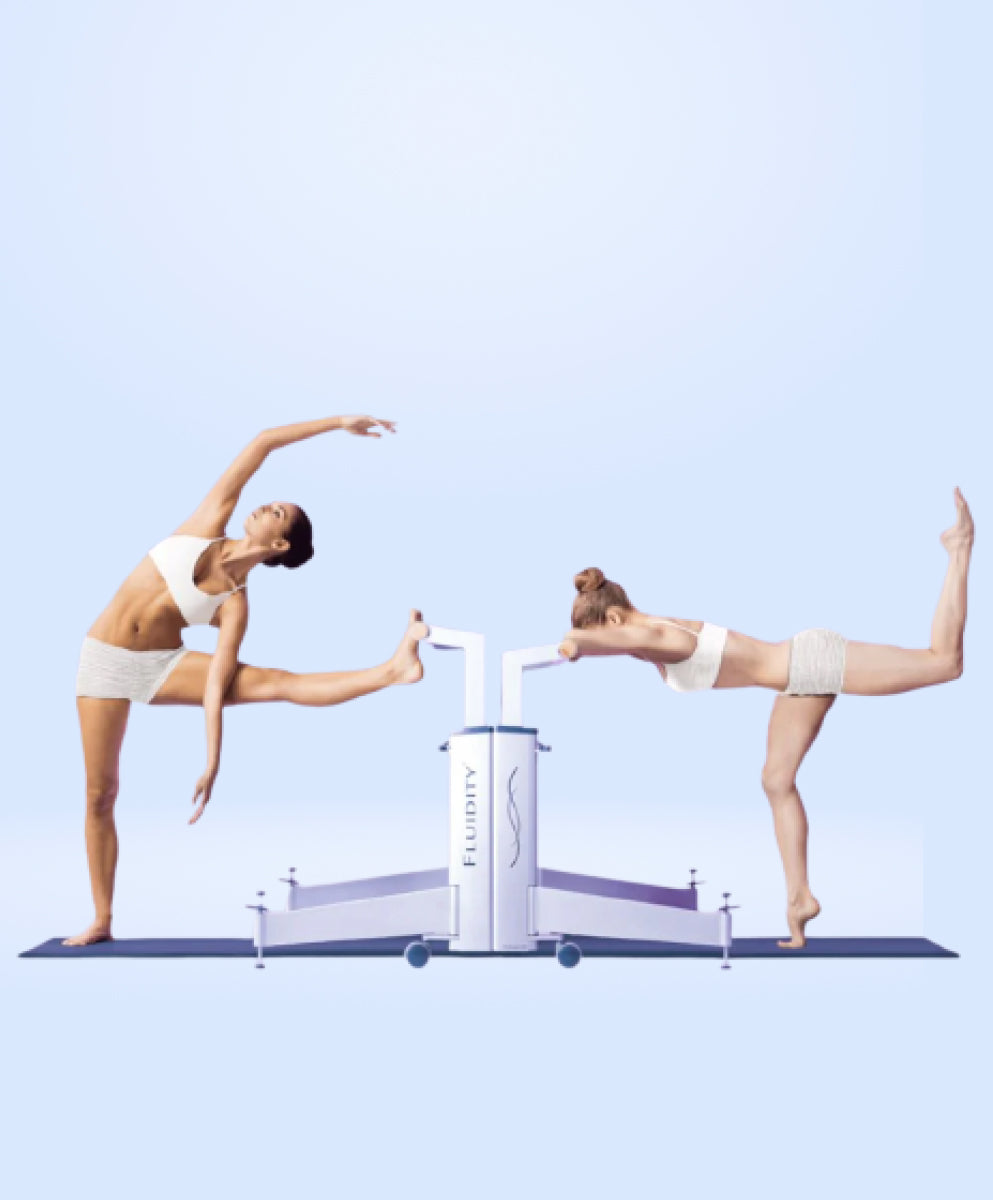Why Kegels Don't Cut It!
- Dr. Arnold Kegel, MD, an American gynecologist, recognized the importance of pelvic floor muscles (PFM) in the 1940s to address bladder leakage.
- Since then, we've advanced our understanding, moving beyond the term "Kegels" to "Pelvic Floor Muscle Training" (PFMT).
- The PFM are closely linked to organs like the bladder, vagina, rectum, anus, and penis, with mutual influence that can complicate proper activation or contraction.
However, standard PFMT (Kegels) has several downfalls that can lead to poor outcomes:
Many mistakenly contract abdominal, gluteal, or hip muscles instead of PFM, reducing effectiveness.
Excessive fast squeezes or prolonged contractions can cause muscle fatigue or tightness, leading to pelvic pain or dysfunction.
Focusing only on tightening without relaxation can creates tension and discomfort.
Breath-holding increases intra-abdominal pressure, pushing down on the pelvic floor, restricting blood flow, and inhibiting coordination.
Outward movement of TVA during Kegels indicates improper coordination; it should engage inward to support the pelvic floor.
Lacks integration with the rest of the body can lead to imbalance, tightness, and dysfunction.

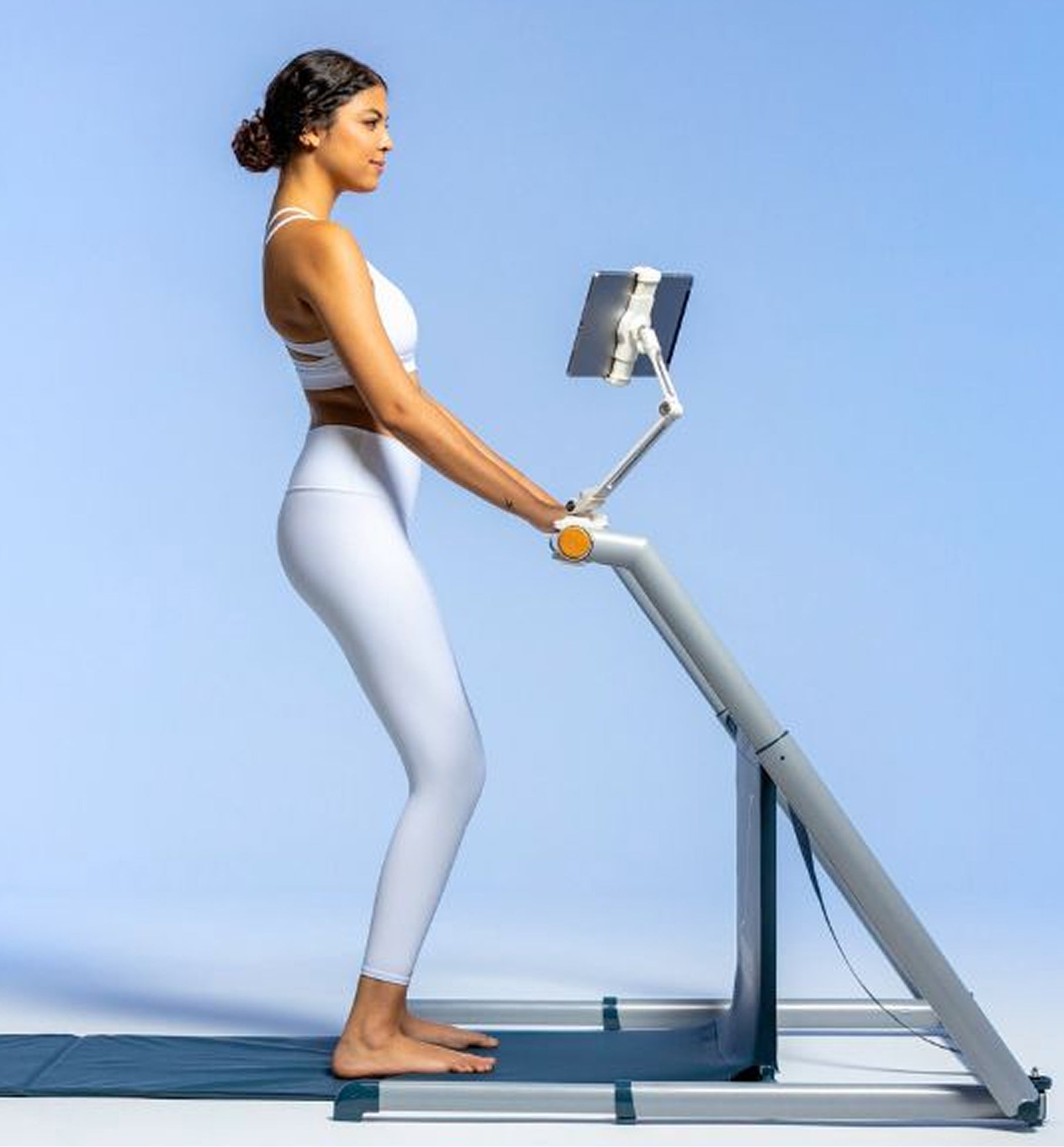
Standing Optimizes Pelvic Floor Muscle Training
The pelvic floor muscles form the base or "floor of the core," are most active when upright and standing. Optimal PFMT requires standing. Studies show standing outperforms other positions for PFM performance.
Get the Best PFMT Results with Fluidity Rx
Fluidity Rx offers an optimal protocol for PFMT, elevating outcomes beyond traditional methods:

Fluidity Rx Ball Feedback for Pelvic Floor Muscle Training
Uses a ball to provide feedback, helping users feel and understand PFM engagement with optimal cueing, counts, repetition, and breath usage.

Fluidity Rx Standing Pelvic Floor Muscle Training
Standing increases control and strength due to gravity, integrating PFM into daily movements, facilitating better functionality.
Fluidity Rx also enhances neurological connection by:
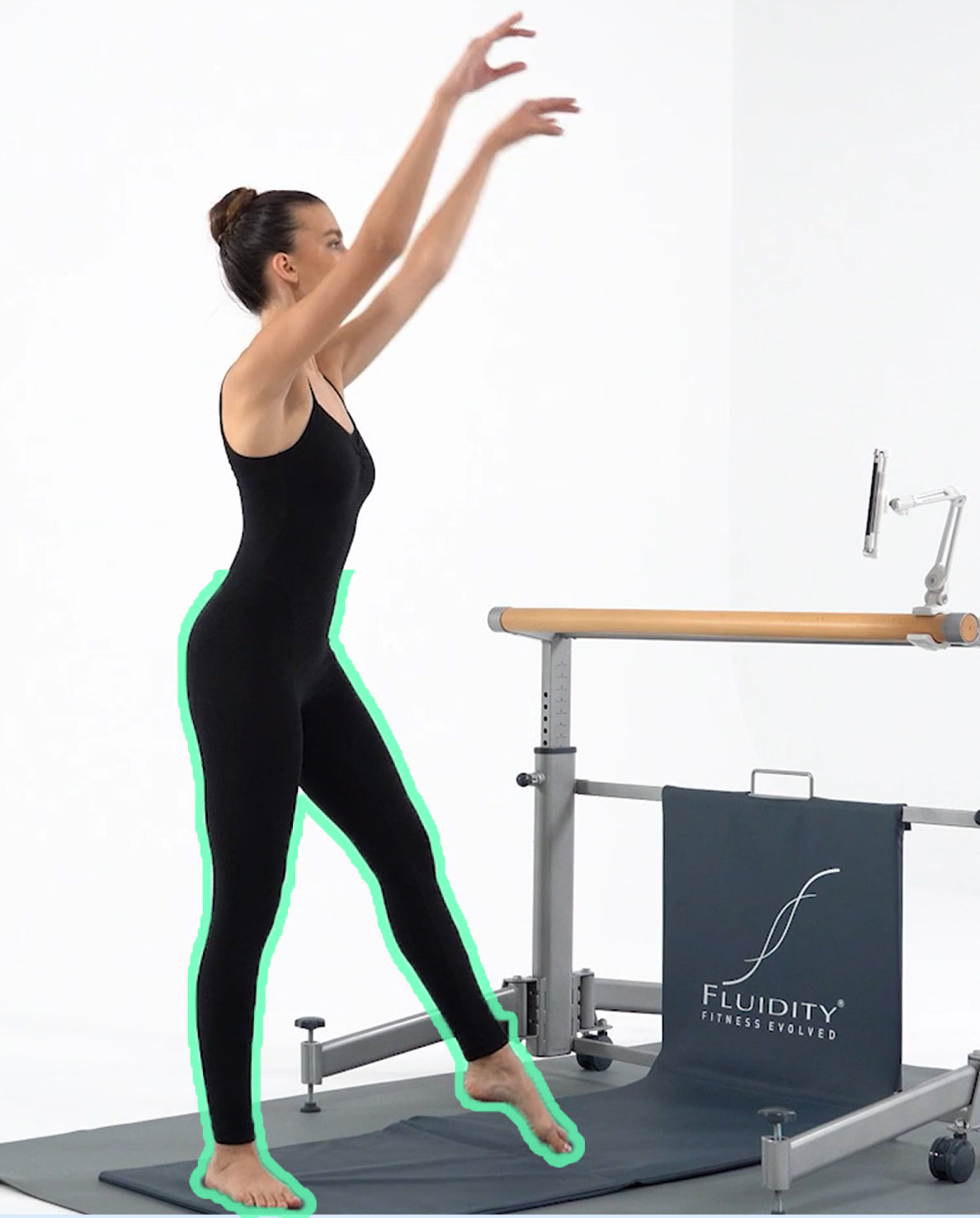
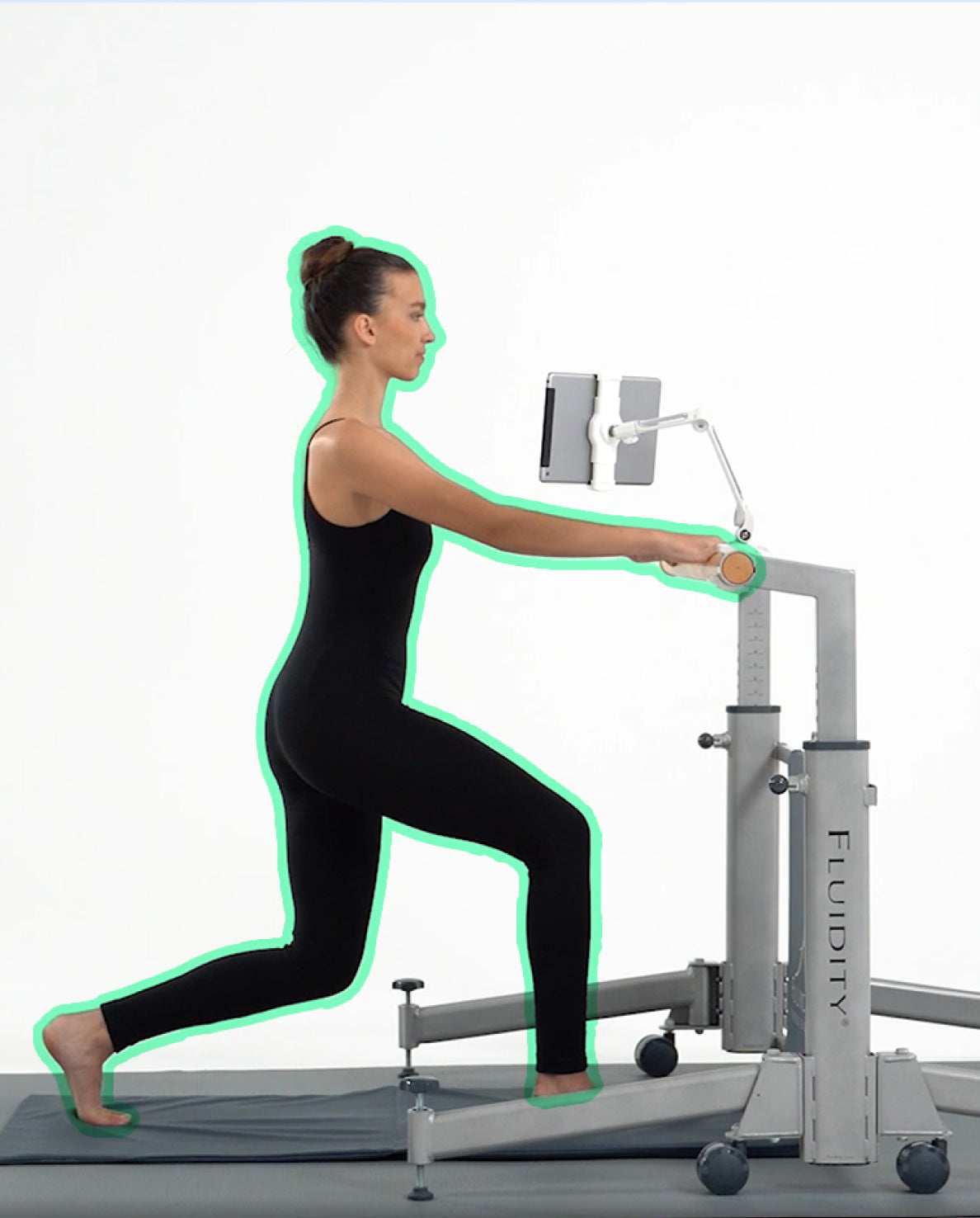
Full-Body Neurological Integration
Standing activates a strong neurological connection from the feet to the hips, which extends to the whole body when hands are placed on the Fluidity Rx Stability Device, enabling superior neuromuscular re-education.
Explore Fluidity RxOne-Leg Neutral Pelvis Training:
As training progresses, users strengthen on one foot with Fluidity Rx Stability Device support, maintaining a neutral pelvis for improved function—unachievable with a chair or standing alone.
Explore Fluidity Rx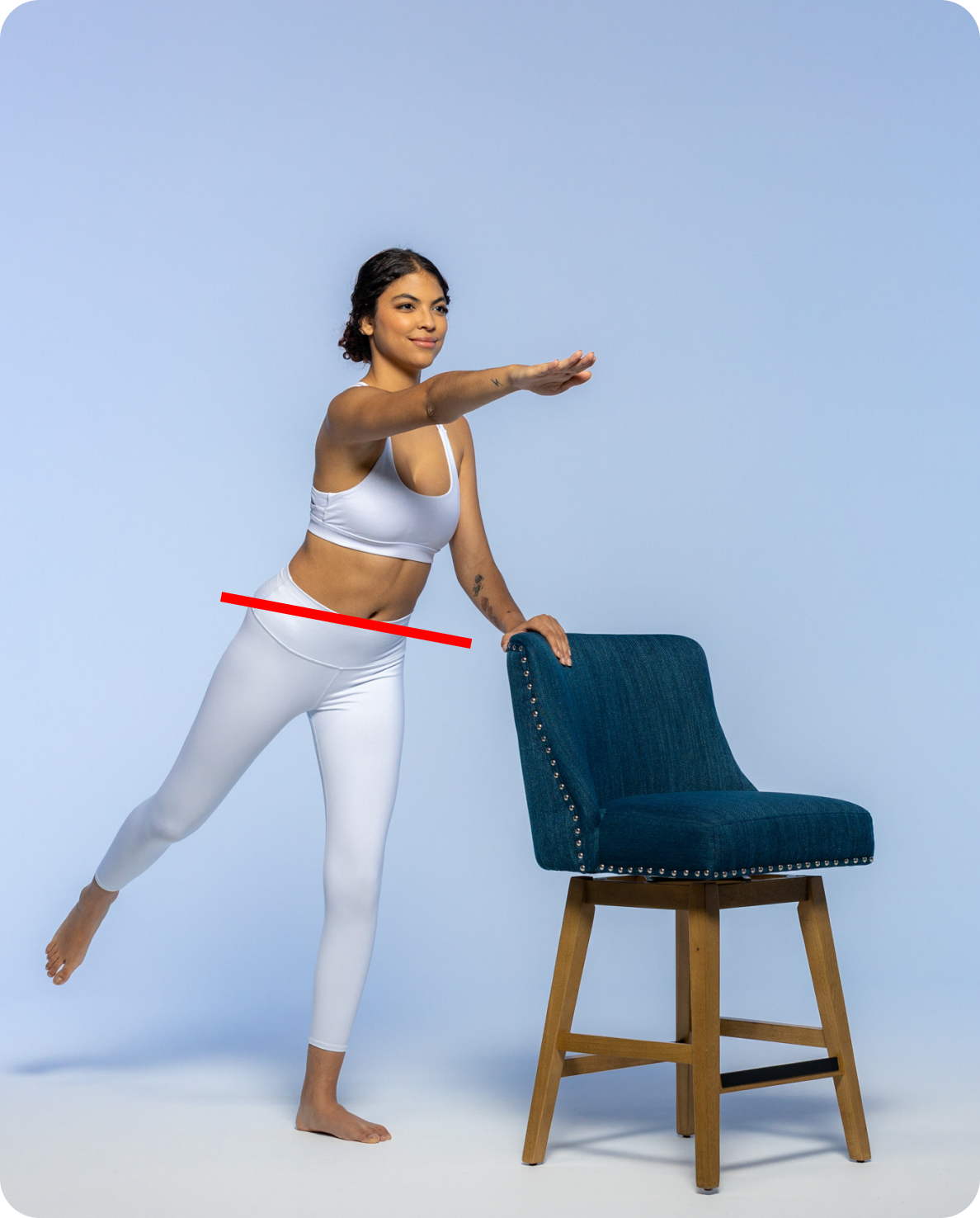
Lateral Pelvic Tilt
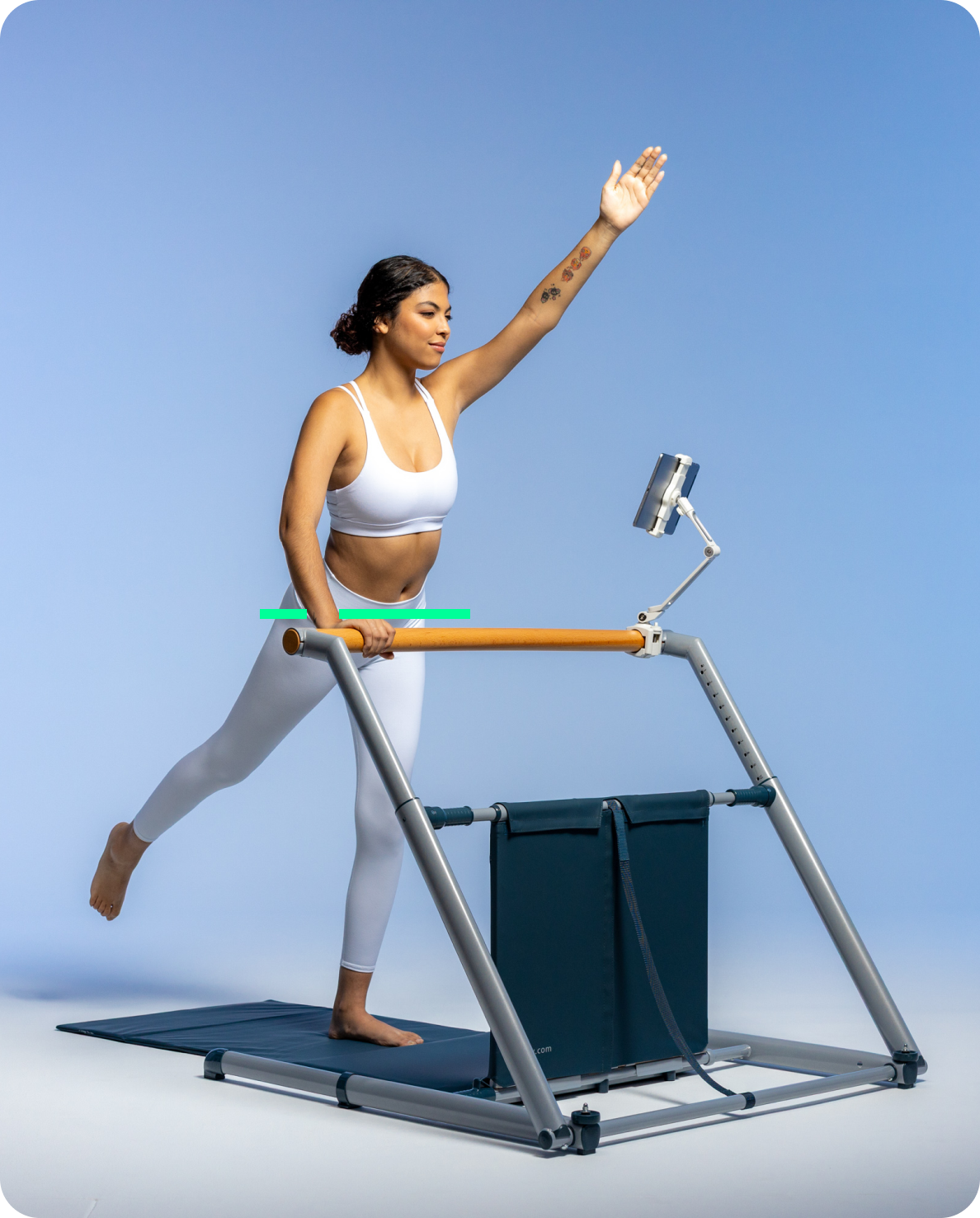
Neutral Pelvis
Women with Stress Urinary Incontinence are 17 times more likely to heal if they strengthen their pelvic-floor muscles [1]
Women with Stress Urinary Incontinence are 17 times more likely to heal if they strengthen their pelvic-floor muscles [1]
How Fluidity Rx Optimizes Pelvic Floor Function
Potential Effects of Excess Fast-Twitch Fibers:
The pelvic floor may struggle to maintain prolonged contractions, which are essential for bladder and bowel control.
Fast-twitch fibers tire quickly, so the muscles may not provide consistent support throughout the day.
These fibers can become overactive, leading to tightness or spasm — sometimes causing pelvic pain or dysfunction.
The pelvic floor may react too quickly or too forcefully, disrupting the delicate balance needed for functions like urination or sexual activity.
If slow-twitch fibers are underdeveloped, other muscle groups (like the glutes or abdominals) may try to compensate, leading to poor movement patterns or instability.
The pelvic floor ideally comprises 70% slow-twitch and 30% fast-twitch muscles.
- Weakness increases fast-twitch fibers making fast-twitch muscles more dominant then they should be in the pelvic floor.
- Fast-twitch (Type II) fibers are designed for quick, powerful contractions, but they fatigue quickly.
- In contrast, slow-twitch (Type I) fibers are built for endurance and sustained support — which is exactly what the pelvic floor needs most of the time.
Fluidity Rx restores the ideal balance of slow- and fast-twitch muscles with balanced choreography, cueing, counts, holds, and breath, enabled by Fluidity Rx Stability Devices.
Strengthen Pelvic Floor Muscles with Fluidity Rx

